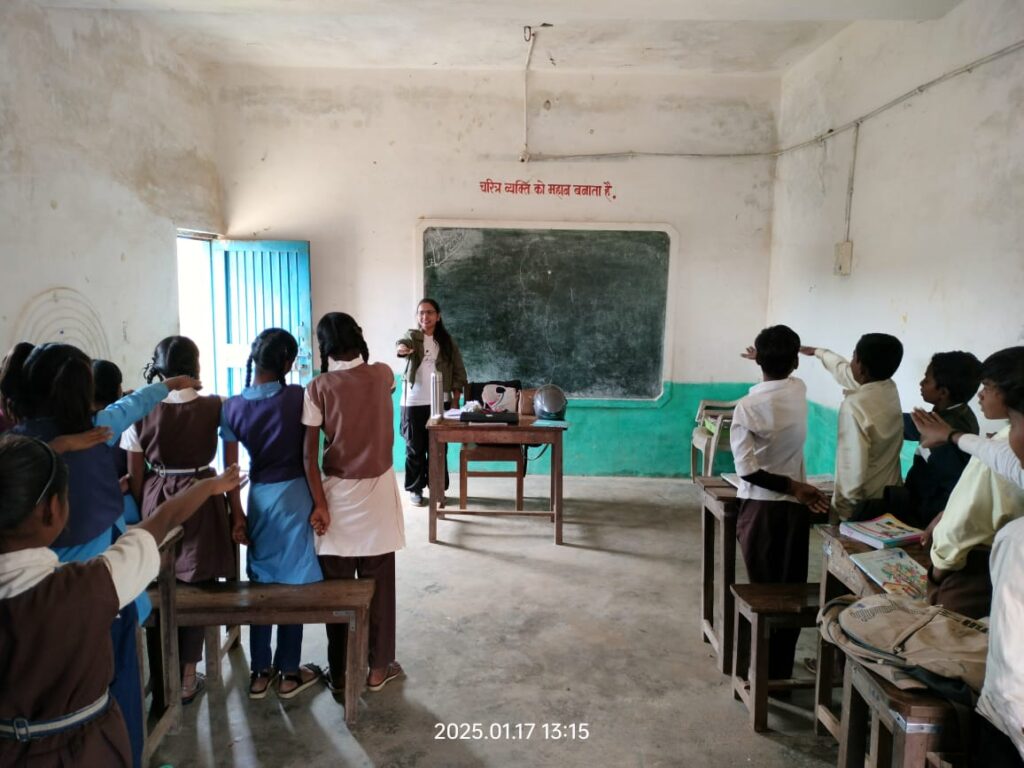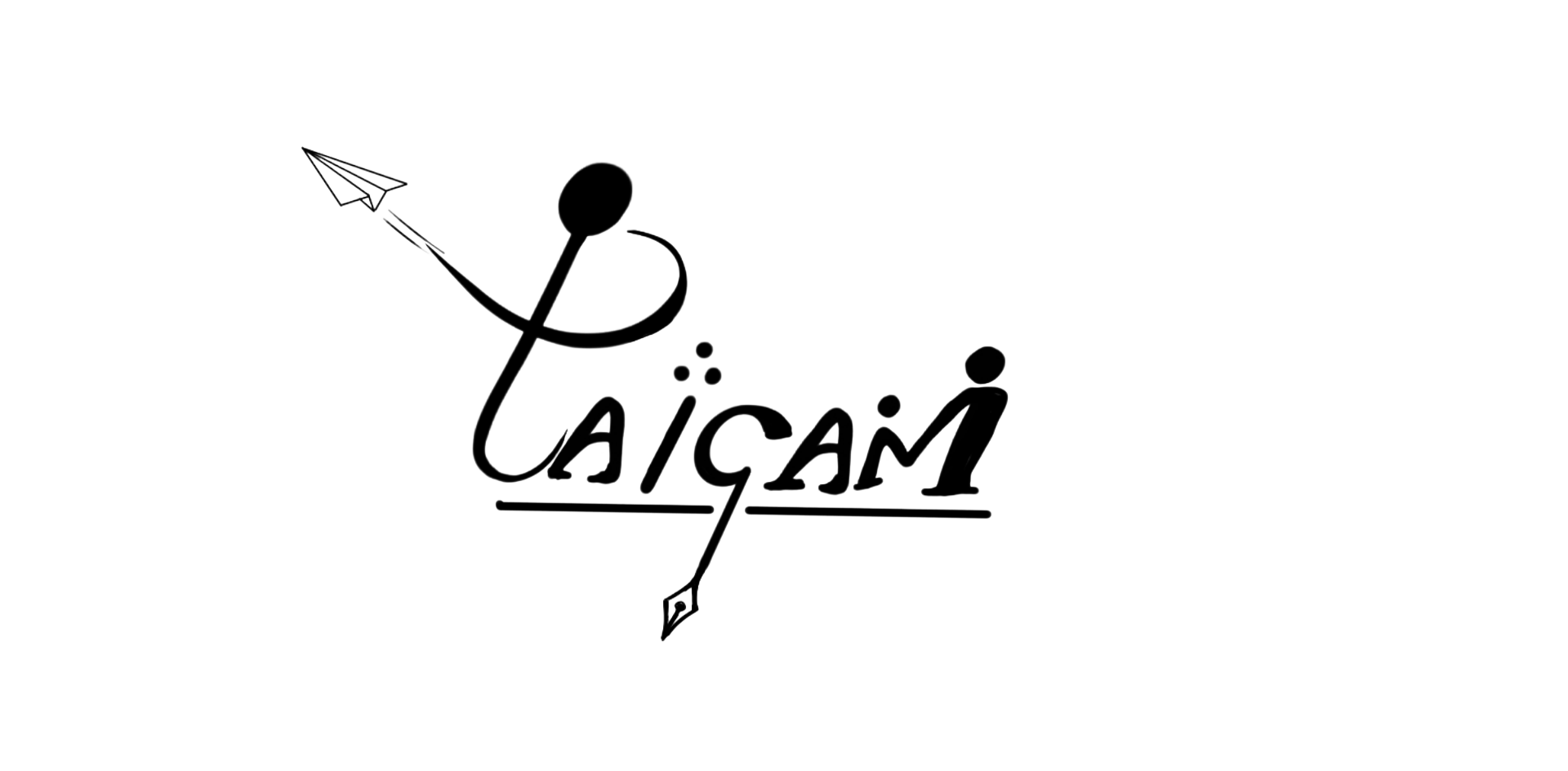“Every child has the right to say no to unwanted touch, and every adult is responsible for respecting that boundary.”
Paigam: The local and Indigenous youth-led organization, under its “GYAN” Program made a beneficence visit to the nearby Government Integrated secondary school, Rajma, on 17th of January 2025. The team members Archana Ramteke and Subhanshu Rahangdale visited as representatives of Paigam and inculcated children about good touch and bad touch via infographic videos. A total of 22 students from class (6th -8th) attended the session with almost equal girls-boys ratio. The session was interactive, with a small Q&A session and fun activity. The team members purveyed students to be acquainted and understand the difference between good touch and bad touch.
Highlights of interaction:
Good Touch and Bad Touch are essential concepts that children must understand to ensure their safety and well-being. Good Touch refers to physical contact that is loving, respectful, and consensual, such as hugs from family members or gentle pats on the back from teachers. In contrast, Bad Touch involves physical contact that is unwanted, uncomfortable, or hurtful.
Then, we segued by acknowledging students about the three basic principles of Good Touch and Bad Touch and empowering students to tackle such situations.
1. Consent: Children have the right to decide who can touch them and how.
2. Boundaries: Children must learn to recognize and communicate their personal boundaries.
3. Safety: Children must know how to seek help and support if they experience Bad Touch.
In order to get grips with such irksome situations, we make them aware of the basic rights they uphold and how they can discuss or complain about such activity with their parents and teachers.
We interacted with teachers and made them aware teaching children about Good Touch and Bad Touch empowers children to:
- Recognize and report unwanted touch.
- Develop healthy relationships and boundaries.
- Build confidence and self-esteem.
Paigam also collected data regarding efficacy and legit implementation of the Mid Day Meal program. We also collect data regarding the number of dropouts per year and the reason behind it. The increase in dropout rate from government schools came out as an achilles heel for the government.
The session was a success for the organisation with its goal of empowering and cajoling children with knowledge under the program “GYAN”.
POSTED BY- SHUBHANSHU RAHANGDALE




